About Optimism (OP)
What is Optimism (OP)?
Optimism (OP) is a Layer 2 blockchain protocol built on top of Ethereum, designed to scale Ethereum by reducing transaction costs and enabling faster, more efficient transactions. By utilizing optimistic rollups, Optimism processes transactions off-chain while still benefiting from the security of the Ethereum network. This scaling solution allows for the growth of decentralized applications (dApps) and protocols while addressing Ethereum’s issues related to high gas fees and congestion.
The OP cryptocurrency powers the network and governs key decisions within the Optimism Collective, which includes initiatives such as protocol upgrades, treasury disbursements, and network parameters. As a result, Optimism plays a crucial role in helping Ethereum achieve its scalability goals while maintaining decentralization.

Key Features of Optimism (OP):
- Layer 2 Scaling Solution: Optimism operates as a Layer 2 solution on Ethereum. This means it processes transactions off-chain (on Optimism), but final transaction data is securely settled on Ethereum (Layer 1). This method reduces costs and improves transaction speeds.
- Optimistic Rollups: The core technology behind Optimism is optimistic rollups. In this model, transactions are processed on Optimism without requiring immediate proof of validity. Transactions are assumed to be valid (“optimistic”), and only if someone challenges them during a set dispute period, a proof of validity is required. This reduces the computational load and allows for faster processing.
- Security and Decentralization: While Optimism operates off-chain, it retains the security of Ethereum by batching transactions and submitting them to Ethereum for final settlement. Optimism uses Ethereum’s consensus mechanism to ensure that transactions are valid and trustworthy.
- Governance with OP Tokens: The OP token powers the Token House, a component of the Optimism Collective. The Collective is responsible for governing key decisions about the Optimism network, such as protocol upgrades, the distribution of funds, and treasury management.
- Public Goods Funding: One of the unique aspects of Optimism is its focus on public goods. Through the Retroactive Public Goods Funding model, the network redistributes a portion of transaction revenue to fund open-source projects, protocols, and initiatives that benefit the broader ecosystem.
How Does Optimism (OP) Work?
Optimism works by leveraging optimistic rollups, a technology that allows it to process Ethereum transactions more efficiently. Here’s how it works:
- Transaction Batching: Transactions are processed in batches on Optimism (Layer 2). Instead of submitting each individual transaction to Ethereum, Optimism groups multiple transactions into one batch.
- Finalization: Once the transactions are submitted, there is a challenge period where anyone can contest the validity of a transaction. If no disputes are raised, the transaction is considered final and is committed to Ethereum’s mainnet (Layer 1).
- Reduced Costs and Faster Transactions: Since Optimism doesn’t require each transaction to be individually verified by Ethereum, it can process many transactions at once, significantly reducing fees and improving processing speeds.
- Ethereum Compatibility: Optimism is fully compatible with Ethereum’s Virtual Machine (EVM), which means that existing Ethereum dApps can be easily deployed on Optimism without requiring significant changes to their codebase. This makes it a seamless solution for developers looking to scale their dApps.
- Simplicity and Pragmatism: Optimism aims to keep its system simple by using existing Ethereum code and infrastructure as much as possible. This allows for easier updates and future iterations of the network.
Potential Use Cases for Optimism (OP)
Optimism is designed to enable the scaling of Ethereum, making it suitable for a wide range of applications and use cases, including:
- Decentralized Finance (DeFi): By reducing transaction costs and improving speed, Optimism enables decentralized finance applications (like lending, borrowing, and swapping) to operate more efficiently. As DeFi protocols on Ethereum become more popular, Optimism provides a vital layer to handle increased transaction volume without compromising scalability.
- Gaming and NFTs: Optimism’s low transaction fees make it a good fit for gaming applications and the growing non-fungible token (NFT) space, where high gas fees on Ethereum can be prohibitive. With Optimism, game developers and NFT platforms can offer a smoother experience for users.
- Public Goods Funding: The Retroactive Public Goods Funding model ensures that a portion of the network’s transaction revenue is redistributed to support open-source projects and initiatives that help grow the ecosystem. This makes Optimism a platform that directly contributes to the sustainability of public goods within the blockchain ecosystem.
- Governance and DAOs: The OP token is used for governance within the Optimism Collective, allowing token holders to vote on network upgrades, changes in protocol parameters, and the distribution of funds. This decentralizes control over the Optimism network and empowers the community to guide its development.
- General dApp Deployment: As Optimism is EVM-compatible, any Ethereum-based dApp can be migrated to Optimism with minimal changes, making it an attractive solution for developers seeking to scale their decentralized applications without facing high fees or congestion on the Ethereum mainnet.
History and Development of Optimism (OP)
Optimism was created to address Ethereum’s scalability issues by providing a cheaper and faster layer to handle transactions. Its key innovation, optimistic rollups, has gained significant traction as a method for scaling Ethereum without sacrificing security.
- Optimism Foundation: The development of Optimism is led by the Optimism Foundation, a nonprofit organization focused on growing and maintaining the Optimism ecosystem. The foundation aims to foster decentralized infrastructure that benefits public goods and promotes the long-term sustainability of blockchain technology.
- Token Supply and Distribution: The OP token has an initial supply of 4,294,967,296 OP tokens, with a 2% annual inflation rate. A significant portion of the tokens is allocated for governance purposes, allowing the Optimism community to govern key decisions and ensure the protocol evolves in line with user needs.
- Milestones: The Optimism network has reached several key milestones:
- Optimistic Rollup Implementation: The introduction of optimistic rollups to Ethereum’s ecosystem.
- EVM-Compatible Testnet: A testnet fully compatible with Ethereum’s code, allowing developers to easily deploy their applications.
- Mainnet Launch: Optimism launched its mainnet in 2021, allowing users and developers to start utilizing the protocol for scaling.
Optimism (OP) represents a key solution for scaling Ethereum, providing fast and low-cost transactions without compromising security. By using optimistic rollups and benefiting from Ethereum’s security, Optimism addresses many of the scaling challenges faced by Ethereum, enabling the growth of decentralized applications. Through its focus on public goods funding and decentralized governance, Optimism is positioning itself as an essential infrastructure for the future of decentralized finance, NFTs, and more, with the OP token playing a central role in the platform’s governance and growth.




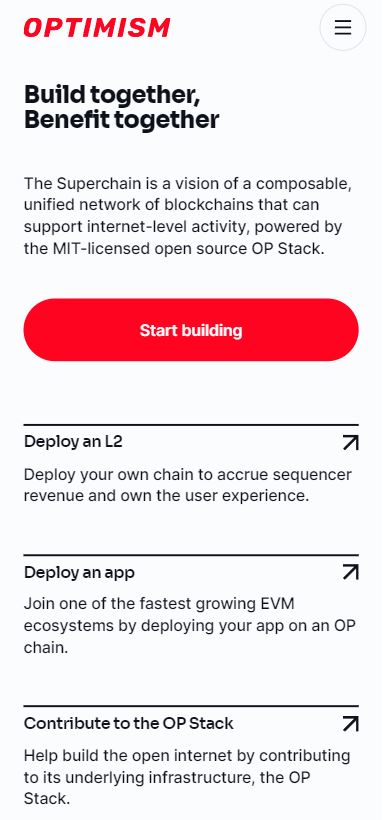
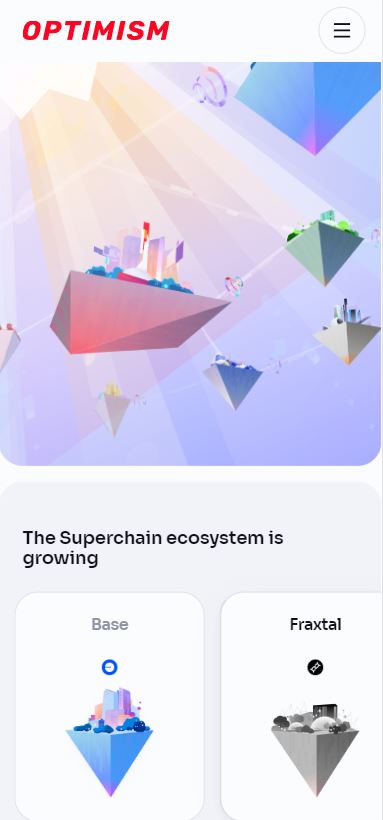
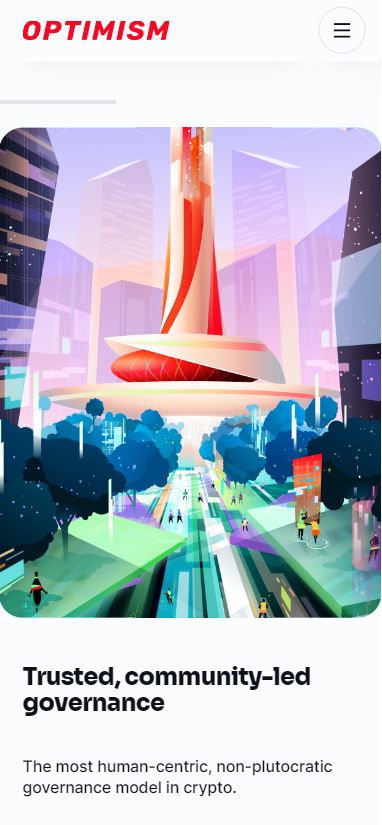
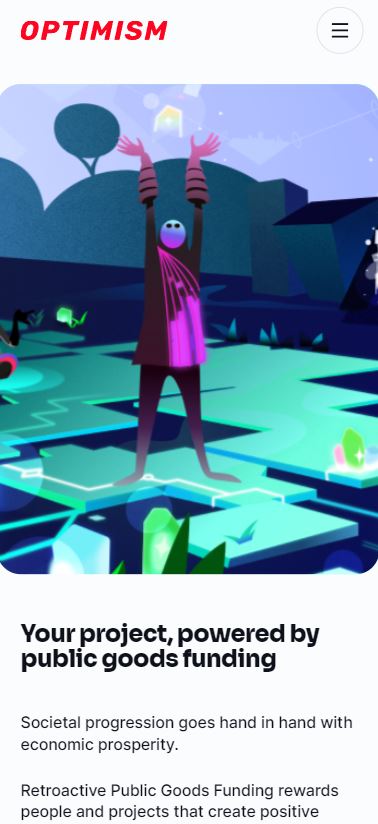












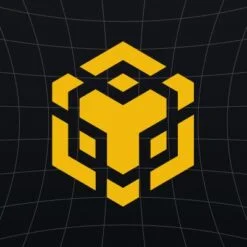

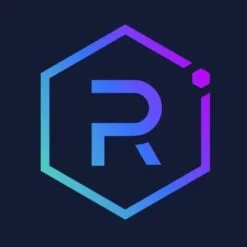


Reviews
There are no reviews yet.